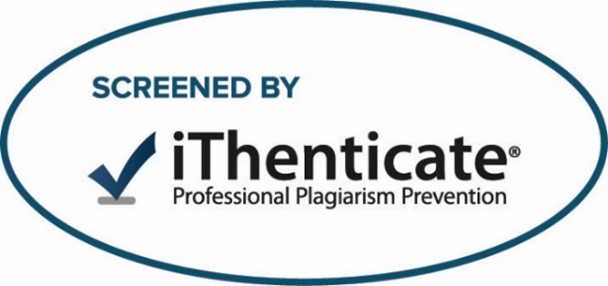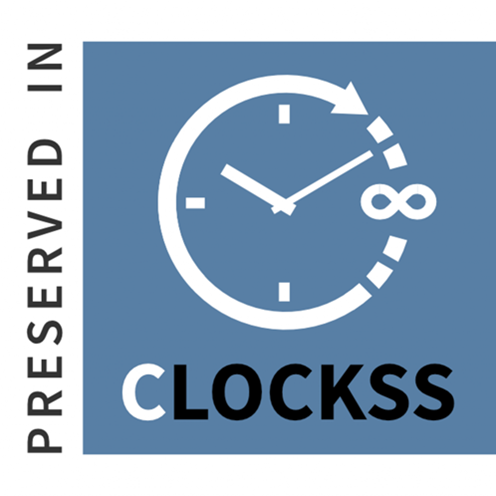Hilla University College Journal For Medical Science
Document Type
Original Study
Keywords
Transferosome, Meloxicam, Egg lecithin, Edge activators, Topical application
Abstract
Objective: The present study aimed to enhance the effectiveness of meloxicam, a nonsteroidal anti-inflammatory drug (NSAID), through topical application using vesicular drug delivery systems, focusing on several innovative formulation strategies. These strategies aim to improve the drug's solubility, skin permeation, and overall therapeutic efficacy while minimizing systemic side effects. Method: A phospholipid bilayer made from egg lecithin and surfactants (Span 60 and Span 80) in varying ratios was used to develop a transferosome dispersion via a thin film method. This blend was then combined with the polymer Carbopol 934 to form a gel. The evaluation included both the transferosomal vesicles (including entrapment efficiency, vesicle size, polydispersity index, and zeta potential) and the transferosomal gel, assessing characteristics such as physical appearance, viscosity, spreadability, entrapment efficiency, drug content, and in vitro drug release to comprehensively characterize the final formulation. Result: According to the evaluation results, F7 is the best formula since it has a good consistency and a pH level of 7.21 ± 0.13, which is acceptable for the skin. Further, it has a high drug content of 99.8% ± 6.4, an entrapment efficiency of 92% ± 1.3, and a good viscosity of 2354 ± 1.1. The drug release rate is also 98.7%. Conclusion: The development of an optimized transfersomal gel for meloxicam using various edge activators and different ratios of egg lecithin has shown promising results in enhancing the properties of the formulation.
How to Cite This Article
Mohammed Ali, Mayssam Hussein
(2025)
"Preparation and In-Vitro Evaluation of Transferosome-Based Gel of Meloxicam,"
Hilla University College Journal For Medical Science: Vol. 3:
Iss.
1, Article 4.
DOI: https://doi.org/10.62445/2958-4515.1047









Social Media: